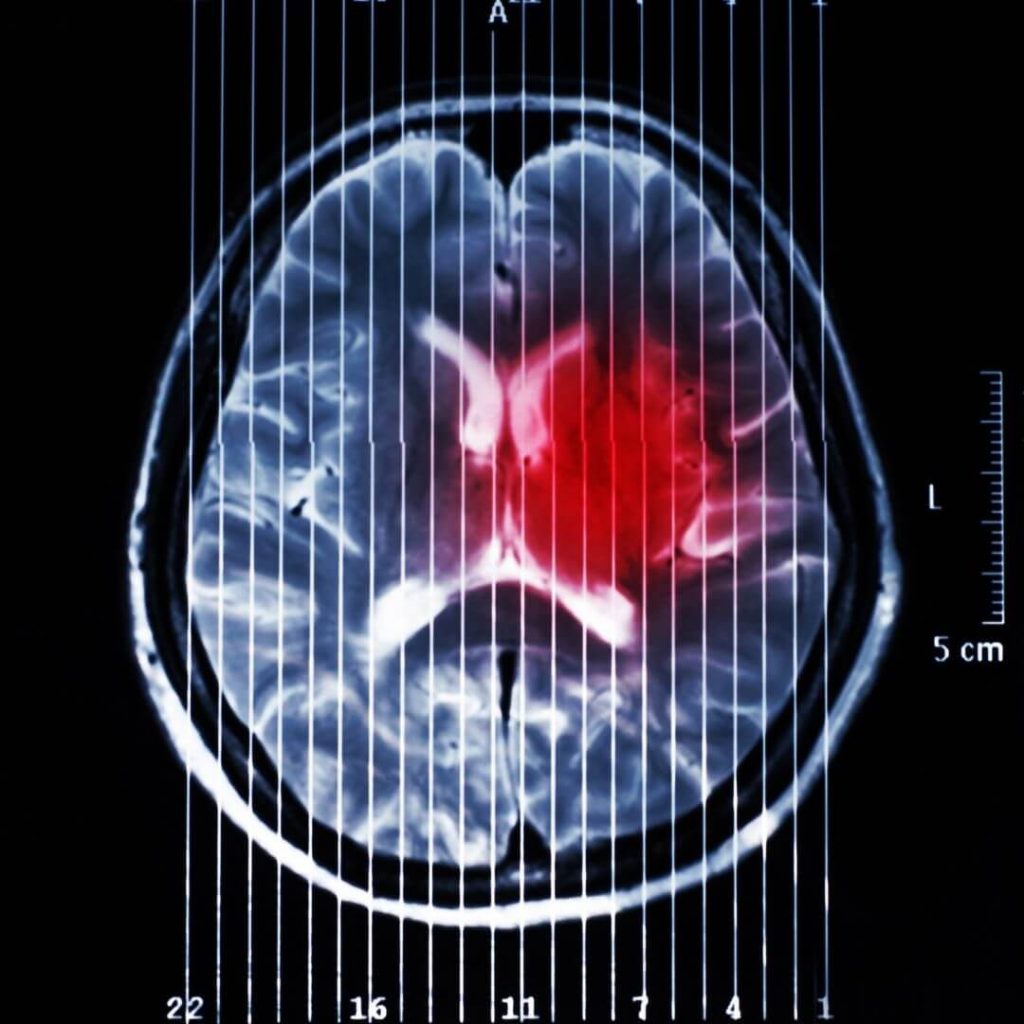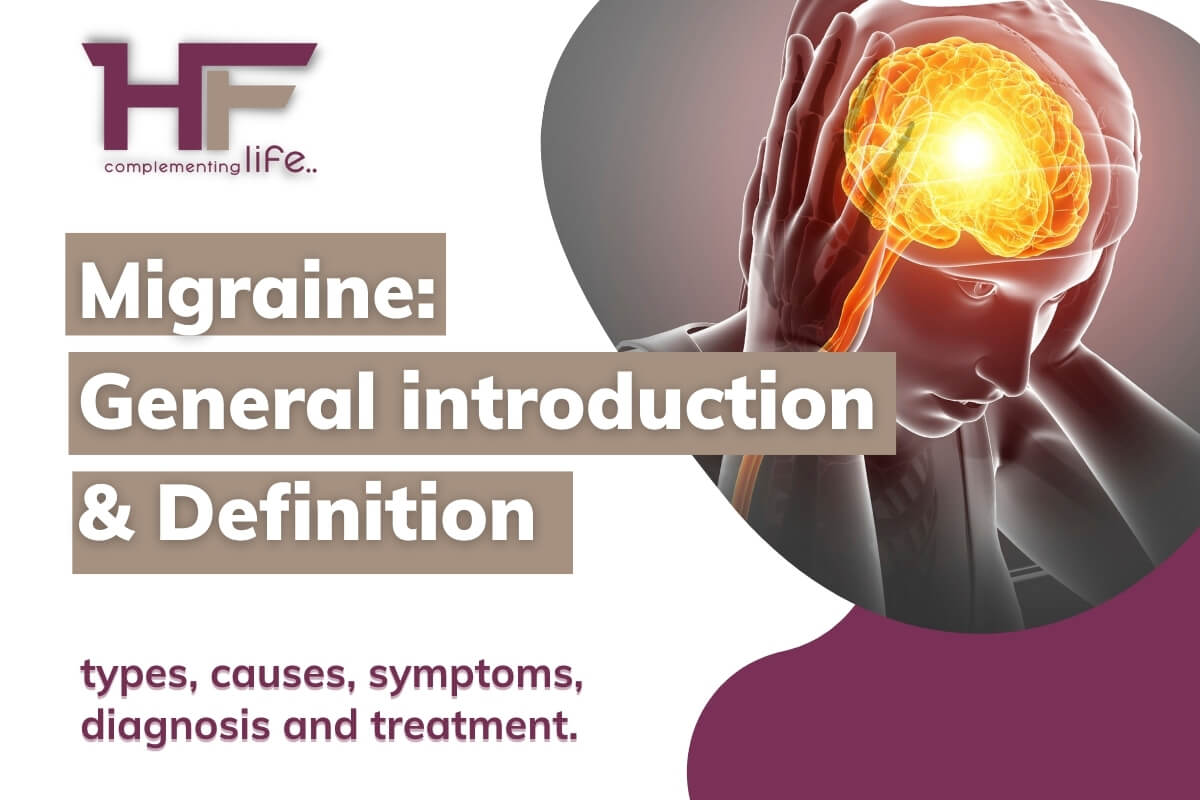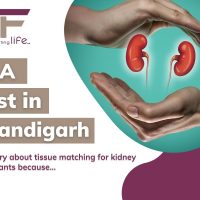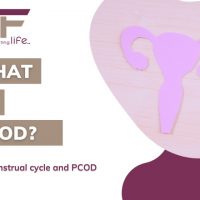With the increasing population, the competition level is also increasing in every field whether it’s a student life or a working life. In my personal life also stress level is increasing day by day which ultimately leads to various diseases. In this group of diseases, migraine is one the most common diseases these days. As per data, 15% of the total population is suffering from migraines. Many of them are unaware of migraines and they might think that they are suffering from just a simple headache and do not visit the doctor for a consultation which then results in them suffering a lot!
CContents
Migraine
Migraine is much more than a bad headache which involves severe recurring pain and comes with nausea, vomiting, and sensitivity to light. For some people, it occurs with a warning sign called aura that happens before or with a headache.

Types of Migraine
There are various types of migraines and the most common are of two types-migraine with aura (called classic migraine) and migraine without aura (called common migraine). Aura is a specific warning sign that happens just before a migraine begins such as seeing flashlights.
Other types of migraine are:
Silent Migraine
Silent migraine is also called migraine without head pain or acephalgic migraine. In this type, there are aura symptoms but not the headache.
Hemiplegic Migraine
In hemiplegic, neurological, or sensory changes on the one side of the body is temporary ie., temporary paralysis. Headache is associated with numbness, weakness, tingling sensation, loss of sensation, etc. Sometimes there is a headache and sometimes not.
Retinal Migraine
In this type of migraine, a person may experience a temporary or complete loss of vision in one of the eyes that may last for a minute or for months along with pain behind the eye and this pain spreads to the rest of the head.
Chronic Migraine
Chronic migraine occurs at least 15 days per month. Pain is severe and symptoms may change frequently. Those who are suffering from chronic migraines should take headache pain medications for 12 to 15 days.
Migraine with brainstem aura
In this type, the symptoms are slurred speech, and loss of imbalance, which occurs before headache. When a headache occurs it affects the backside of the head. These symptoms are associated with the inability to speak properly, and ringing sounds in the ears and these usually occur suddenly.
Status migrainous
It is the most severe and rarest type of migraine that lasts for more than 72 hours. In symptoms, headache and nausea are mostly seen.
Causes of Migraine
Though the cause of migraine is idiopathic (not known) various other factors play a major role like genetic and environmental. Various changes in the brainstem and its interactions with the trigeminal nerve cause pain that might be involved. This imbalance secretes brain chemicals like serotonin which regulates pain in the nervous system.
Other common factors that increase migraine are:
Hormonal imbalance
Changes in estrogen levels such as before or during menstrual periods, menopause, and pregnancy increases headache. Oral contraceptives also worsen migraine symptoms.
Caffeinated drinks
Caffeinated drinks include alcohol like wine, and beer, and others like coffee.
Stress
Stress causes migraines and triggers the symptoms.
- Sensory stimuli Flashlights increase migraine symptoms and a strong smell of paint thinners, perfumes are triggering it.
- Sleep changes Disturbed sleep triggers symptoms of migraine in many people.
- Weather changes or barometric pressure triggers migraines.
- Medications like vasodilators such as nitroglycerin are also a factor to aggravate symptoms of migraine.
- Foods Salt and processed foods also trigger migraines.
Symptoms of migraine
Migraine affects children, teenagers as well adults, and its symptoms are divided into four stages. But not everyone will suffer from all these stages.
Prodrome
These occur one or two days before the onset of migraine and include:
- Constipation
- Changes in mood
- Food cravings
- Stiffness in neck
- Excessive urination
- Retention of fluid
- Yawning frequently
Aura
Aura may occur before or during migraines. These are considered as the reversible symptoms of the nervous system. Its symptoms begin gradually and stay for several minutes and last up to 60 minutes.
Symptoms include:
- Loss of vision
- Seeing several shapes and flashes of light
- Weakness in the face and one side of the body
- Speaking difficulty
Attack
These symptoms last for 4 to 72 hours if it is left untreated. However, the symptoms mainly vary from person to person but might strike several times in a month.
- During an attack person may experience the:
- Pain on one side of the head can occur on both sides
- Throbbing pain
- Sensitivity to light and sound
- Nausea
- Vomiting
Post drome
After an attack, the symptoms will be confusion and might feel drained. Movement of the head might increase pain.
Diagnosis
If any person is suffering from these Migraine symptoms, then for proper diagnosis doctor consultation is necessary. By taking a medical history and as per the symptoms as well as neurological examination, the doctor will advise these tests. So don’t wait because it is left untreated then many other problems will also arise.
Magnetic Resonance Imaging (MRI)
With the help of a powerful magnetic field and radio waves, it produces detailed images of the brain as well as blood vessels. This is very helpful in finding neurological-related problems.
Computerized Tomography (CT) scan
A series of X-rays provide detailed cross-sectional images of the brain. It will help in diagnosing migraines.
Treatment for Migraine
A general treatment is given for stopping symptoms and reducing the frequency as well as the severity of episodes. Treatment includes:
Pain-relieving medications It is also called acute treatment and these medications are given during migraine attacks and stop symptoms.
Preventive medications These medications are given for regular use, often daily and these will reduce the frequency or severity of symptoms.
Conclusion
A migraine is a headache that involves severe recurring pain and comes with nausea, vomiting, and sensitivity to light. Hormonal imbalance, sleep changes, weather changes, and stress are the causes of migraines. Symptoms include headache, nausea, vomiting, loss of vision, throbbing pain, etc. Diagnosis is done through MRI and CT scan for proper starting proper further treatment. In this mostly pain-relieving medications are given.










Comments